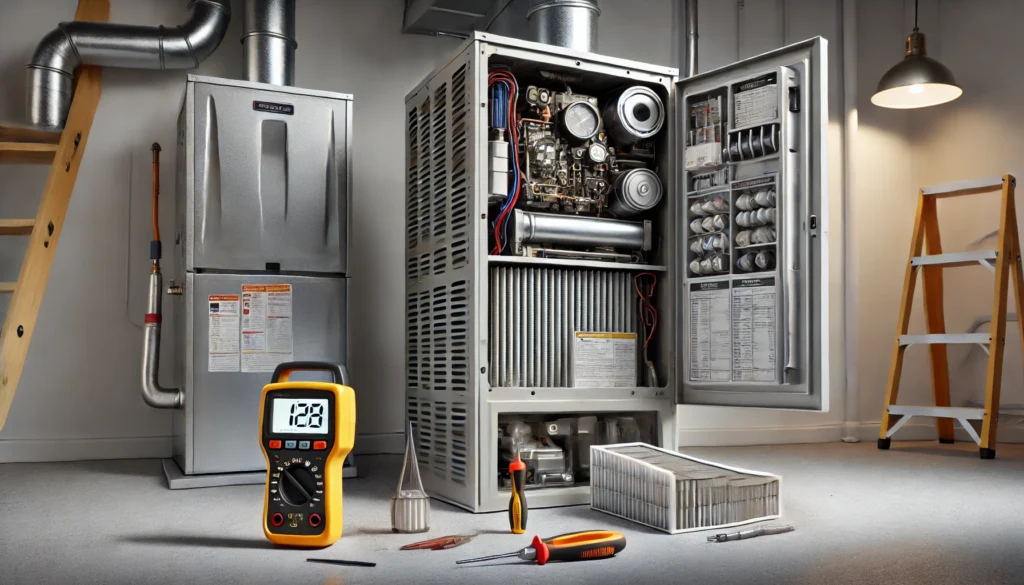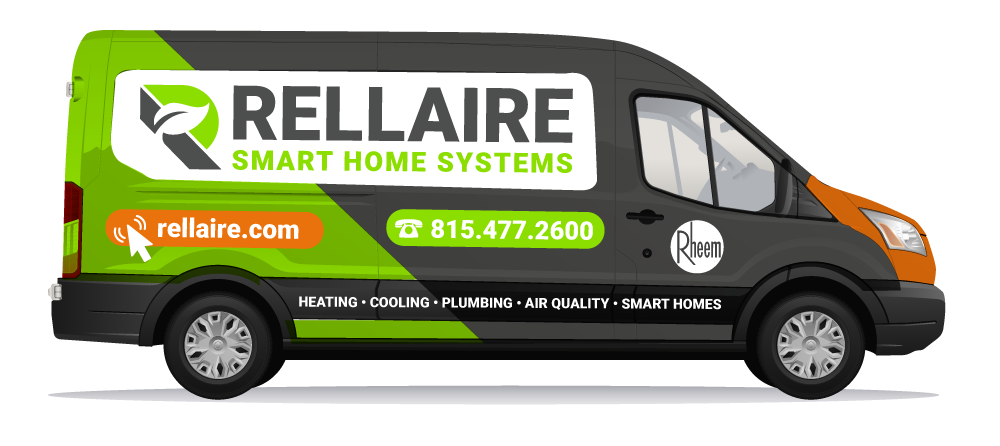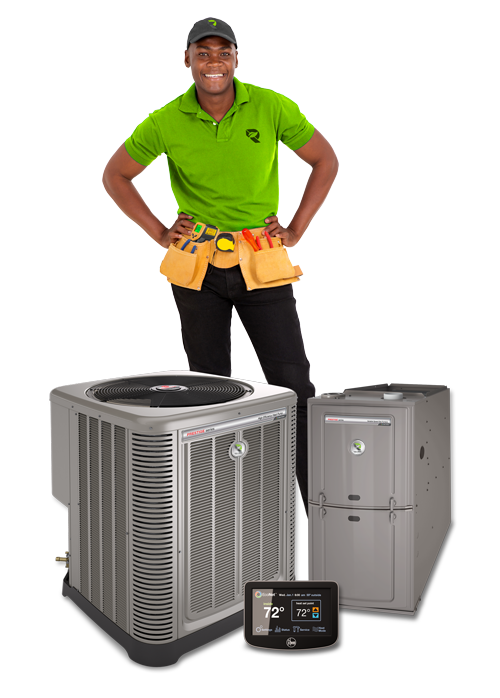Essential Tips and Practices
By understanding these common maintenance issues and taking proactive steps to address them, homeowners can ensure their furnace operates efficiently and reliably. Regular maintenance not only safeguards the investment in home heating systems but also contributes to a safer, more comfortable living environment.
Airflow and Filter Management
One of the most critical yet often overlooked aspects of furnace maintenance is the management of airflow through proper air filter care. Clogged or dirty air filters are a primary cause of system inefficiency and can strain the furnace, leading to higher utility bills and a reduced lifespan of the unit. We recommend checking filters monthly, especially during heavy use periods, and replacing them at least every three months. This simple step helps ensure optimal airflow and heating efficiency, which is crucial for maintaining a comfortable home environment during cold seasons.
Thermostat Troubleshooting and Upgrades
Thermostat issues can significantly affect furnace performance. An improperly calibrated or malfunctioning thermostat may result in the furnace not heating correctly or frequently cycling on and off, which can be both inefficient and costly. Upgrading to a programmable or smart thermostat allows for more precise temperature management and can reduce energy consumption by tailoring heating schedules to suit daily patterns. Furthermore, these modern therapeutics provide valuable diagnostics that can alert homeowners to furnace inefficiencies or problems.
Ignition System Integrity
The integrity of the furnace’s ignition system is paramount for reliable performance. Traditional furnaces might use a pilot light, which can go out due to drafts or buildup, while newer models are likely equipped with electronic igniters that are more efficient but can fail due to component malfunctions. Regular maintenance checks can prevent common ignition problems such as these, ensuring the furnace starts as expected and runs smoothly throughout its operation.
Mechanical Wear and Tear
Furnace longevity and performance are also impacted by mechanical wear and tear on components such as belts, bearings, and fans. These parts require regular inspection and maintenance to ensure they are not deteriorating, which can lead to inefficient furnace operation and increased noise. Lubricating moving parts and checking belt tension during routine maintenance can significantly extend the life of these components and prevent unexpected failures.
Heat Exchanger Health
The heat exchanger is a crucial component that separates combustion gases from the breathable air in your home. Cracks or leaks in the heat exchanger can lead to dangerous carbon monoxide levels indoors, posing a severe health risk. Annual inspections by qualified technicians can help detect such issues early, ensuring the safe operation of the furnace and protecting your household from potential hazards.
Enhanced Performance Through Preventive Maintenance
Investing in preventive maintenance ensures that your furnace operates at peak efficiency, providing reliable warmth while keeping energy costs in check. This proactive approach not only contributes to a more comfortable and safe home environment but also enhances the value of the heating system over time.
Routine Inspections for Longevity
Preventive maintenance is pivotal in ensuring the optimal performance and longevity of your furnace. This practice involves regular inspections and the proactive addressing of potential issues before they evolve into costly repairs. By establishing a consistent maintenance routine, homeowners can not only enhance the efficiency of their furnace but also significantly extend its operational lifespan.
Ensuring Component Efficiency
One of the key components of preventive maintenance is the routine inspection of the furnace’s overall condition, including checks on the blower motor, belts, and bearings. These parts are essential for the efficient transfer of heat and should be kept in good working order to prevent system inefficiency and potential failures. For example, a well-maintained blower motor ensures that air is evenly distributed throughout the home, reducing the need for the furnace to overwork and thus saving on energy costs.
Testing Startup and Shutdown Cycles
During preventive maintenance, the furnace’s startup cycle is also thoroughly tested to ensure the system initiates and shuts down properly. This includes checking the thermostat for accurate temperature responses and ensuring the safety controls are functioning correctly. Such checks are vital as they help prevent the furnace from running longer than necessary, which can lead to wasted energy and increased wear on system components.
Cleaning for Improved Combustion
Cleaning the furnace components is another crucial aspect of preventive maintenance. Over time, burners can accumulate dirt and debris that can impede their efficiency. A clean burner ensures better combustion, which is crucial for the energy efficiency and safety of the furnace. Similarly, cleaning or replacing the air filter regularly prevents obstructions in airflow, which can strain the furnace and lead to overheating or system failure.
Ventilation System Maintenance
Furthermore, preventive maintenance often includes the inspection of the furnace’s ventilation system. Proper venting is essential not only for the efficiency of the furnace but also for the safety of the household. Blocked or leaky ducts can lead to poor air quality and uneven heating, whereas a well-maintained system promotes a healthier and more comfortable indoor environment.
Professional Insights and Upgrades
Lastly, professional HVAC technicians can offer valuable insights during preventive maintenance visits. They can identify and rectify less obvious issues such as slight imbalances in the heating system or upcoming needs for part replacements. They can also advise homeowners on the latest technology upgrades that can improve system performance and energy efficiency, such as programmable thermostats or more efficient blower motors.



